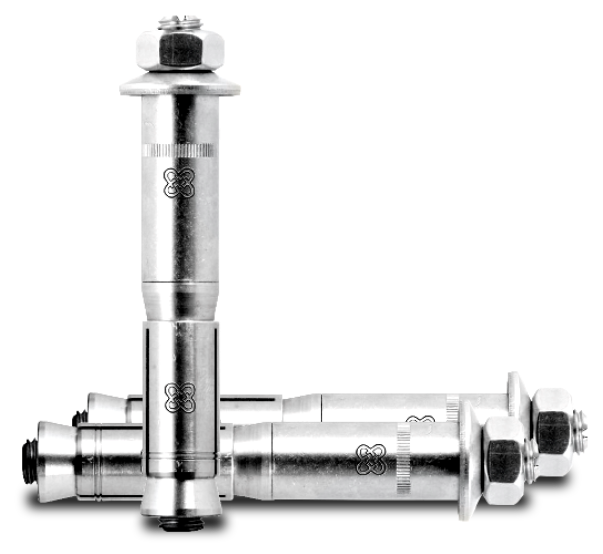Safety Bolt M6 - M20
Liebig Safety bolt are a high capacity double expansion, heavy duty anchor for increased security. European Technical Approval Option 1.

Liebig Safety bolt are a high capacity double expansion, heavy duty anchor for increased security. European Technical Approval Option 1.
